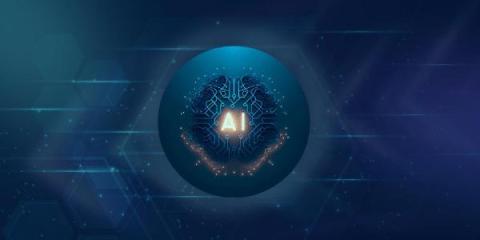What is the difference between an SCA scan and a container scan?
Are Software composition analysis (SCA) scans and container scans the same thing? The short answer is yes… and no. A comprehensive container image scan applies SCA specifically to containers in combination with other analyses particular to containers, such as how they’re configured to deploy and the presence of secrets. Read on to learn the key differences.





